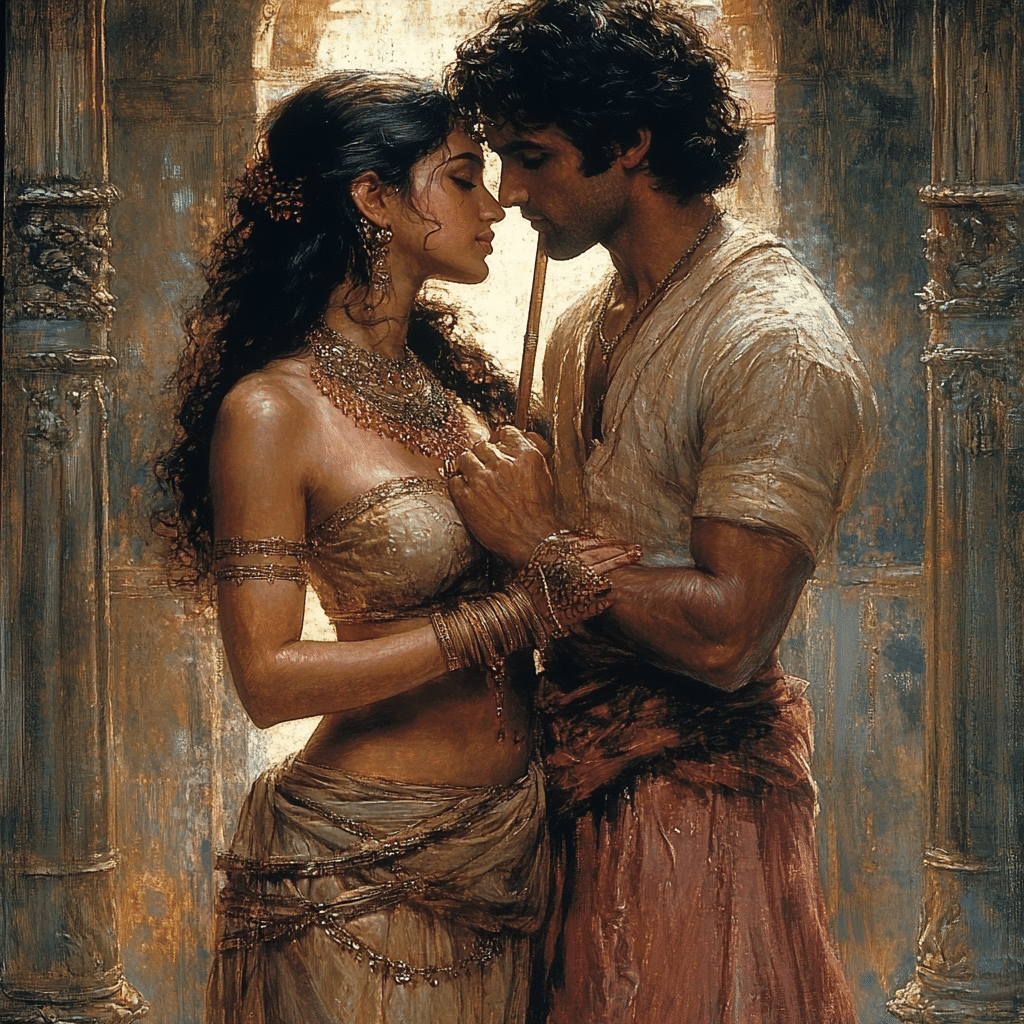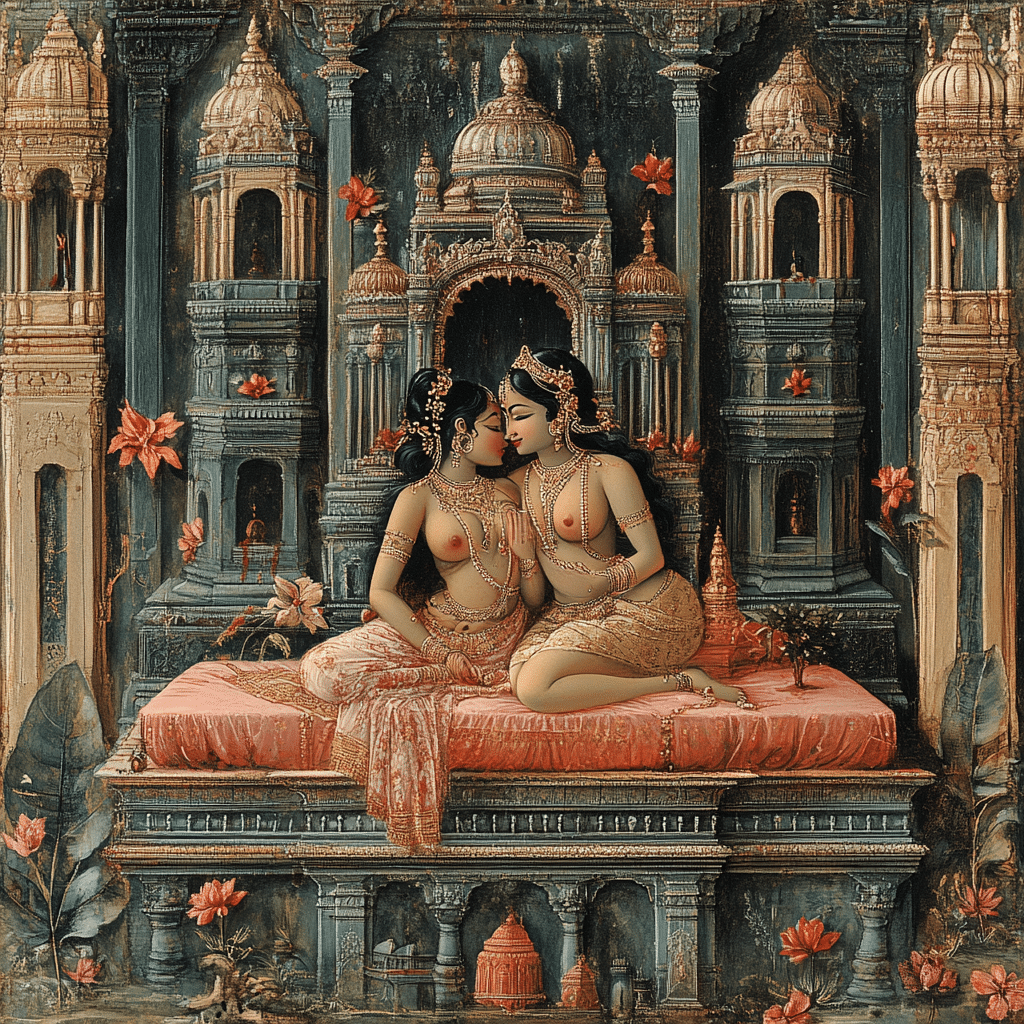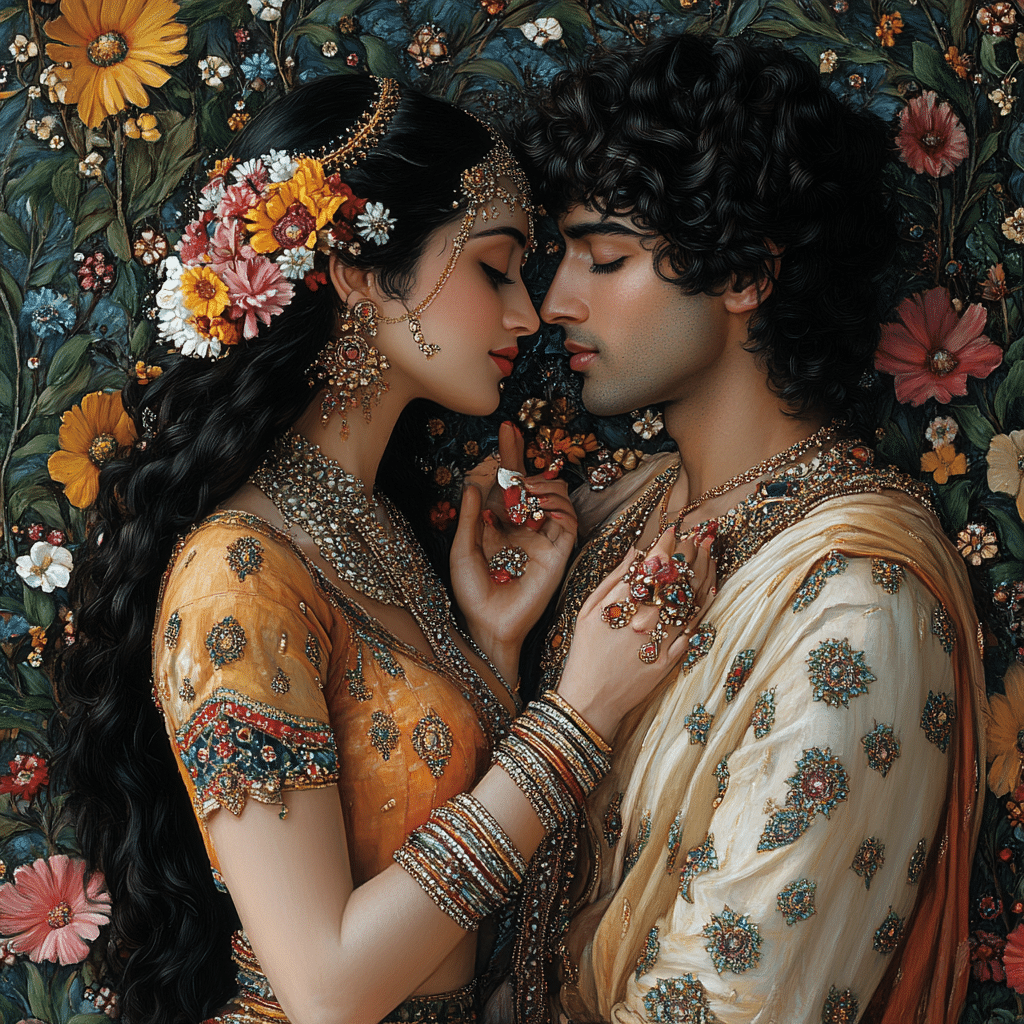The Kamasutra book is often seen as just a guide for sexual positions, but in reality, it offers a deep dive into love and relationships. Written by the philosopher Vātsyāyana in the 3rd century CE, this timeless work intricately weaves together guidance on the art of living, romantic partnerships, and the pursuit of pleasure. This comprehensive look into the context of the Kamasutra book teaches us so much about human connection, making it a vital resource even in today’s world.
1. The Origins of the Kamasutra Book: Who Wrote It?
The origins of the Kamasutra date back to ancient India, a time rich with cultural practices and philosophical explorations. Vātsyāyana crafted this text as an extensive exploration of Kāma-shastra, a category of literature discussing desires related to love and eroticism. This endeavor is not just about physical intimacy; rather, it reflects the social norms, values, and relationships of that era.
Vātsyāyana’s work stands out for its acknowledgment of diverse sexual orientations and preferences, including a recognition of a third gender, which is significant in a contemporary context. This approach diverges from traditional views often associated with Hinduism, marking the Kamasutra as a progressive text during its time.
When we look at the Kamasutra, we see a meticulous blend of ethics, philosophy, and practical advice. It showcases the importance of balancing desires with social and personal responsibilities, ultimately guiding readers toward fulfilling, holistic relationships. This book ignites curiosity about love’s nuances and invites us to explore our connections more profoundly.

2. Top 7 Insights from the Kamasutra: What Vātsyāyana Teaches Us Today
The Kamasutra book encompasses much more than just physical attraction. Here are seven key teachings that continue to resonate today:
Vātsyāyana emphasizes that relationships thrive on mutual respect. When partners honor each other’s individuality, intimacy blossoms naturally.
A successful relationship encompasses both Kama (desire) and Dharma (duty). This insight promotes a healthy balance of emotional connection and responsibility, encouraging partners to understand that love isn’t solely fueled by passion.
Vātsyāyana advocates for effective communication as vital to understanding each other’s needs. Open dialogue helps partners voice desires and concerns, laying a foundation for deeper intimacy.
The Kamasutra stresses the significance of nurturing shared interests. Engaging in activities together fosters emotional ties and creates lasting memories, vital for a resilient partnership.
Vātsyāyana skillfully categorizes love into various forms, prompting readers to appreciate love’s evolving nature. Recognizing these distinctions can enhance empathy and strengthen connections.
Seduction transcends physical attraction; it involves charm and wit, enriching emotional and intellectual connections. This teaches that fostering attraction involves more than just the surface level.
Ultimately, companionship is essential. The Kamasutra beautifully articulates that a thriving partnership includes elements of friendship, underscoring the need for a partner who truly supports and understands you.
3. The Kamasutra’s Influence on Modern Thought: A Cross-Cultural Exploration
The influence of the Kamasutra extends far beyond its historical inception. It weaves through various aspects of modern culture, including psychology, popular media, and sex education.

4. The Kamasutra Today: Relevance in Contemporary Relationships
In today’s fast-paced world, the lessons from the Kamasutra remain strikingly relevant. As digital relationships and rapid cultural changes occur, principles of Vātsyāyana’s work guide individuals seeking deeper emotional bonds.
Millennials and Gen Z, in particular, gravitate toward ancient wisdom that fosters meaningful connections. The teachings of the Kamasutra resonate with a broader movement toward holistic living, emphasizing emotional intimacy and shared experiences.
Moreover, with the rise of online relationship coaches and influencers, the principles from this ancient text have found renewed relevance. Social media platforms reflect users discussing the significance of mindfully cultivating romance, echoing the Kamasutra’s core philosophies.
Embracing the Wisdom of Vātsyāyana: A Personal Journey
Exploring the Kamasutra isn’t just an academic pursuit; it serves as a valuable tool for self-discovery and relationship understanding. By reflecting on its teachings, individuals can grow personally and enhance their intimate connections.
The Kamasutra invites all of us—whether we view it as a historical manuscript or a practical guide—to rethink our interactions and enrich our relationships. Embracing Vātsyāyana’s timeless wisdom opens pathways to deeper, more fulfilling connections that resonate with our unique experiences today.
In a world often fraught with distractions, taking the time to appreciate the simple yet profound lessons of the Kamasutra book can make a significant difference in how we approach love and companionship. Just as Vātsyāyana intended, the journey through its pages encourages us to cultivate relationships that celebrate both passion and partnership, leading to a richer, more meaningful life.
Kamasutra Book Who Wrote: Fascinating Insights and Trivia
A Peek at Vātsyāyana’s Lifestyle
So, who wrote the Kamasutra? It’s attributed to Vātsyāyana, a scholar and philosopher from ancient India. This book is way more than just a manual about intimacy; it explores various aspects of life, love, and relationships. Interestingly, Vātsyāyana was not just focused on pleasure but also on the significance of social ethics and how to live harmoniously. Much like the complexities of life that artists like Kate Rothschild depict in their work, the Kamasutra encapsulates wisdom that goes beyond the bedroom, hinting at the interconnectedness of love and moral values.
Cultural Impact Over Centuries
Since its release, the Kamasutra has created quite a stir! Scholars and enthusiasts alike have sorted through its pages to extract lessons. People often wonder about the time when the Kamasutra first appeared. Well, it was written around the 3rd century CE, and it has influenced countless works of art and literature. Speaking of impact, have you heard about Freddy Adu? His rise in soccer culture mirrors how the Kamasutra reshaped perceptions of love. Just like how different states offer unique living experiences—each with varying costs—this text offers diverse insights into the human experience, showcasing how we relate with one another.
Tips from the Kamasutra for Modern Life
While many think of the Kamasutra as exclusively a guide to intimacy, it also contains advice on how to maintain relationships. It elucidates harmonious living, much like the guidance on what an appraiser will look for when valuing a home; knowing the right aspects to focus on can lead to a happy partnership. As we continue to learn and adapt, it’s vital to keep in mind how wisdom can be applied in today’s context. Just as discussions surrounding timely issues, like the Kansas City shooting, have shed light on societal problems, the Kamasutra prompts us to reflect on the nature of our connections, driving a deeper understanding of love in our lives.
In its essence, the Kamasutra invites us to explore deeper meanings, encouraging a comprehensive perspective on not just relationships but life itself.

How many genders are there in Kamasutra?
Kamasutra recognizes a third gender, highlighting two forms—one male and one female—reflecting a more expansive view on gender than many contemporary traditions.
What are the benefits of the Kamasutra tablet?
The Kamasutra tablet, like the Chopra Kamasutra Gold Capsule, is designed to boost stamina, strength, and energy while also helping to counteract feelings of weakness.
What is the meaning of Kamashastra?
Kāma-shastra refers to a body of literature focused on kāma, which means desire, particularly regarding love and sensuality, encompassing a range of emotional and erotic subjects.
What is the origin of the kamasutra?
The Kamasutra is attributed to Vātsyāyana and was written in ancient India, with its origins tracing back to the first few centuries CE.
What is the range of condoms in Kamasutra?
Kamasutra condoms come in various types, catering to different preferences and comfort levels, ensuring a wide selection for users.
How are men classified according to Kamasutra?
According to the Kamasutra, men are classified into different categories based on their behaviors, inclinations, and sexual practices, which reflect their attitudes toward love and desire.
What is the price of KamaSutra tablet?
The price of the KamaSutra tablet can vary depending on the retailer, but it’s generally affordable and accessible in most markets.
Are KamaSutra condoms safe to use?
Yes, KamaSutra condoms are rigorously tested and deemed safe for use, adhering to industry standards for quality and reliability.
What is the price of KamaSutra Max capsule?
The price of the KamaSutra Max capsule varies by store and location, but it’s usually priced competitively compared to similar health supplements.
What is the meaning of Bogota?
Bogota refers to the capital city of Colombia, known for its rich cultural heritage and vibrant arts scene.
What is the meaning of Moldovan?
Moldovan typically refers to something related to Moldova, a small country in Eastern Europe; it can also denote the people or the language spoken there.
What is the meaning for Muahhh?
“Muahhh” is an informal way to mimic the sound of a kiss, often used in texts or social media to convey affection or playfulness.
In which age Kamasutra was written?
The Kamasutra was composed during ancient times, between the 2nd and 4th centuries CE, reflecting the culture and values of that era.
What does Kamasutra mean in English?
Kamasutra translates to “Aphorisms on Love” in English, indicating its broader focus on love, relationships, and the arts of living.
What is Kamasutra medicine?
Kamasutra medicine generally refers to health products inspired by the principles outlined in the Kamasutra, aimed at enhancing intimacy and overall wellness.
How many sexes are there in total?
Traditionally, there’s a distinction between two biological sexes (male and female); however, gender is seen as a spectrum that includes various identities and expressions.
How many types of gender are there?
There are numerous types of gender recognized today, reflecting a wide array of identities beyond the traditional male and female categories.
How many genders are there in the Bhagavad Gita?
The Bhagavad Gita doesn’t explicitly define the number of genders, but it incorporates ideas that suggest a more nuanced understanding of identity beyond binary definitions.
Are there 11 genders in Hinduism?
Yes, some interpretations of Hinduism suggest there are multiple genders, sometimes listing up to eleven, reflecting diverse expressions of gender within the culture.



